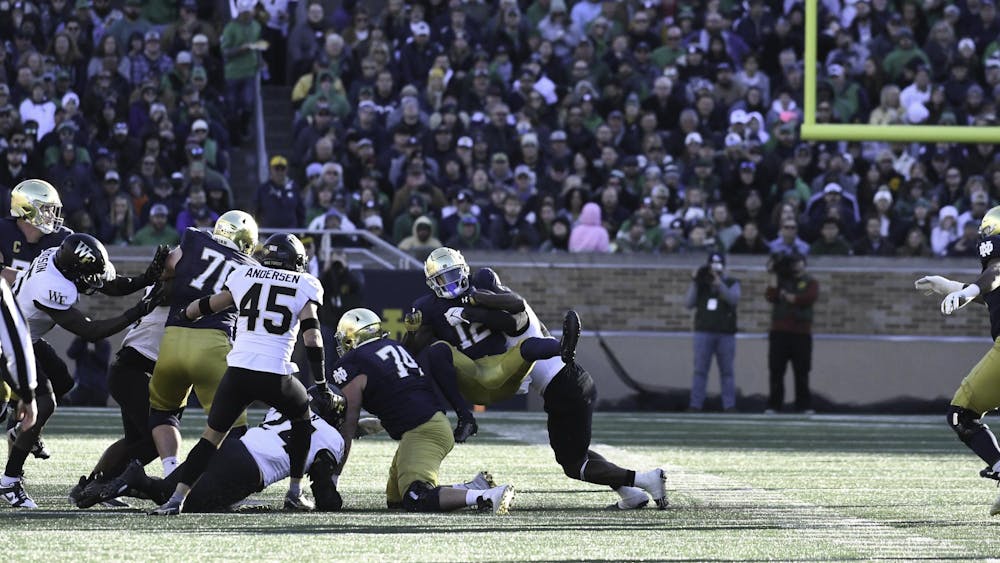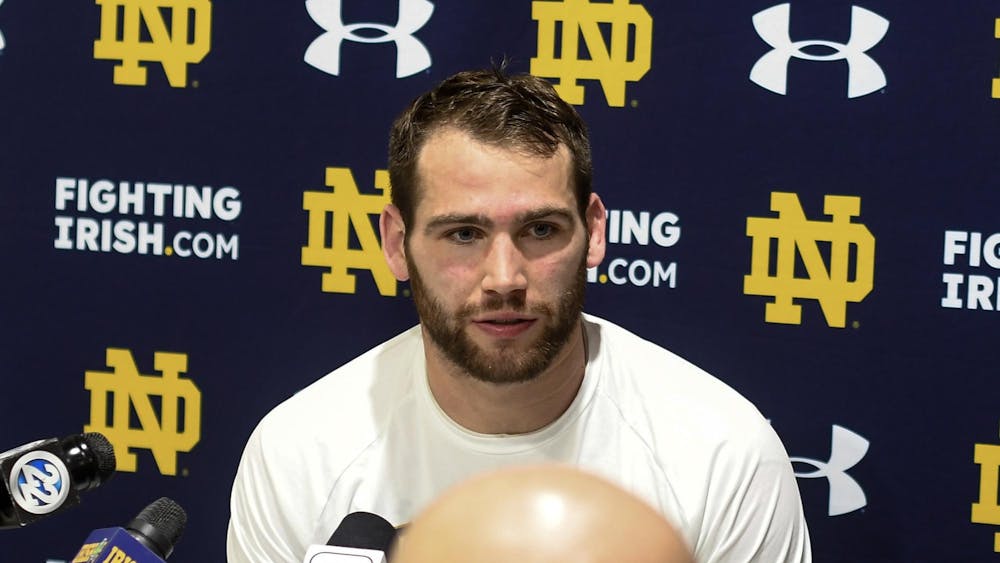Over the past fifteen or so years, the makeup of the NBA landscape has drastically shifted from one of relative parity to one dominated by a few “superteams.” Such superteams feature multiple stars and are typically a shoe-in to at least make the NBA Finals, if not win it all. Today’s NBA is no different, as teams like the Los Angeles Lakers and Brooklyn Nets can be reasonably considered rough equivalents of superteams that previously dominated the league. A dive into the origins of the modern NBA superteam and the consequences of an NBA with only a few legitimate contenders can help shed a light on the state of the league we watch today.
Origins: How Do Superteams Come About?
There’s a lot of speculation around whether the first modern NBA superteam was the 2008 Boston Celtics or the 2010 Miami Heat. The 2007-08 Celtics traded for stars Ray Allen and Kevin Garnett after a miserly 24-58 season the year prior and immediately became title contenders. Lebron James famously established the Miami Heat superteam in the 2010 offseason with his nationally-televised “decision.” The Heat, featuring James among other stars like Chris Bosh and Dwyane Wade, dominated the NBA during the next four years. Regardless of which team is the first true modern superteam, a closer look into why both teams formed, and why subsequent superteams emerged, bears two overlapping conclusions.First, superteams emerge because star players are willing to take pay cuts. Both Lebron James and Chris Bosh took pay cuts when they joined the Heat to ensure that the squad could retain a few of its veteran leaders. Kevin Durant relinquished ten million dollars at the peak of the Warriors dynasty for similar reasons. Star players have demonstrated a readiness to reduce their own salaries to ensure that their teams become and remain dominant forces.
Second, superteams form because the NBA teams can accommodate the salaries, reduced or not, of multiple NBA stars at once. The salary cap, or amount of money each team can spend on its players salaries, tends to remain around 110 million dollars each year. This leaves teams in a comfortable position to pay multiple superstars the salaries they demand, and some teams are even willing to exceed the salary cap and pay a subsequent luxury tax to retain their stars. Stars willing to take pay cuts and teams with the means to pay multiple enormous yearly salaries create the conditions conducive to superteams. Finally, as I will explain later, the existence of just one superteam creates a vicious cycle that encourages the formation of more and more superteams.
The Consequences: A Predictable League with Little Loyalty Incentive
The primary consequence of an NBA with only a few legitimate contenders is predictability. The Boston Celtics superteam, arguably the weakest out of those that followed, won the 2008 NBA championship and appeared in the NBA Finals two years later. The Miami Heat superteam made four straight NBA Finals appearances and won two of them. The Golden State Warriors superteam, highly regarded as the greatest team of all time and a bona fide NBA dynasty, made five straight NBA Finals and won three of them.Finally, while both the current NBA superteams, the Los Angeles Lakers and the Brooklyn Nets, failed to advance past the semifinals in last year’s NBA playoffs, both teams looked to clearly be the best in the NBA when fully healthy. Superteams reduce the parity in the NBA by virtue of their sheer star-power. The incredible offensive capabilities of the Golden State Warriors dynasty, for example, overwhelmed opponents for years. The Warriors only lost one game in the entire 2017 NBA playoffs that year en route to a championship and similarly swept their NBA Finals’ opponent a year later.
Such dominating runs reduce the incentives for star players not to make or join other superteams. After all, if one or two teams are predictably better than all others, a star player’s loyalty to a small market franchise will be rewarded with nothing but an unceremonious exit from the playoffs by the reigning superteam. This creates a vicious cycle that in turn makes the NBA a very top-heavy league. When one superteam predictably dominates, more need to form just to compete with it. Future Hall of Fame players tend to flock to the large market franchises that have the means to sustain competitive superteams, further concentrating star power. The result is one, two or three dominating teams, and twenty-eight or so teams that have no hope of competing for a championship. Most interpret that a league constituted as such as rather unhealthy.
Is this even a problem?
The picture painted about an NBA dominated by superteams is rather stark; it suggests little competition and little loyalty incentive. However, one factor makes the NBA willing to exist in such a state: revenue. The 2017 NBA Finals featured the Golden State Warriors and Cleveland Cavaliers, a predictable matchup and the third straight between the two teams. That year, on average 20 million people watched each game. The 2021 NBA Finals between the Phoenix Suns and the Milwaukee Bucks was a bit of a rarity — neither team was considered a superteam. Despite being a competitive and unpredictable finals matchup, on average only 10 million people watched each game. Superteams have name recognition — they have star power that attracts casual NBA fans, which in turn creates higher TV ratings, greater ticket sales and other augmented sources of revenue for the NBA. So, in the end, the following question remains. Is the NBA a healthy league when it makes the most money? Or, is it at its peak when it is most competitive? The superteam era the NBA currently finds itself in has put those two perspectives at odds.












